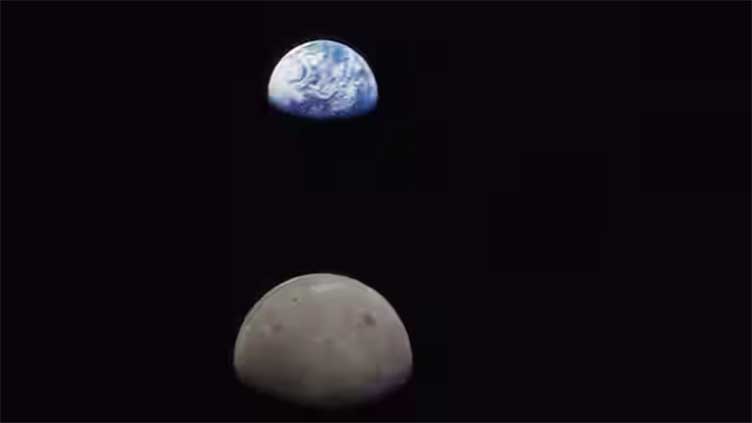Earth will soon have two moons for a few weeks

Technology
An asteroid will turn into a moon for our planet
(Web Desk) - Earth will soon get a second moon, but just for a few weeks. In fact, you might not be able to see it either. Towards the end of September, for less than two months, an asteroid will turn into a moon for our planet.
The small asteroid, named 2024 PT5, was discovered on August 7 by the Asteroid Terrestrial-Impact Last Alert System (ATLAS). It is currently on a trajectory where it will get caught by Earth's gravity.
Carlos and Raúl de la Fuente Marcos, researchers at Spain’s Universidad Complutense de Madrid, made the revelation in a paper published in Research Notes of the AAS.
The duo says that the asteroid will orbit the Earth from September 29 till November 25. After completing nearly one orbit, it will zoom away from us.
This is not the first instance of Earth getting two months temporarily. Carlos and Marcos write in the paper that the dual-moon scenario, although rare, has happened before.
It has happened at least on two occasions in the past. First, in July 2006, when a mini-moon orbited Earth for about a year. Later, another object was discovered that had gotten caught in Earth’s gravitational pull.
It escaped in 2020. This is not uncommon as scientists say objects can get entangled in the planet's gravity for a short time.
In 2020, a mini-moon was said to be lurking near us, but scientists failed to find conclusive data.
The duo are sure that it is a celestial object and not an artificial body. “The object is unlikely to be artificial as its short-term dynamical evolution closely resembles that of 2022 NX1,” they wrote in the paper, referring to another asteroid that became a mini-moon in 1981, and again in 2022.
Asteroid 2024 PT5 likely originated in the Arjuna asteroid belt, where near-Earth objects with orbits similar to our planet’s live.
A fascinating simulation of the asteroid making its way to Earth and out was shared by amateur astronomer Tony Dunn on X.


